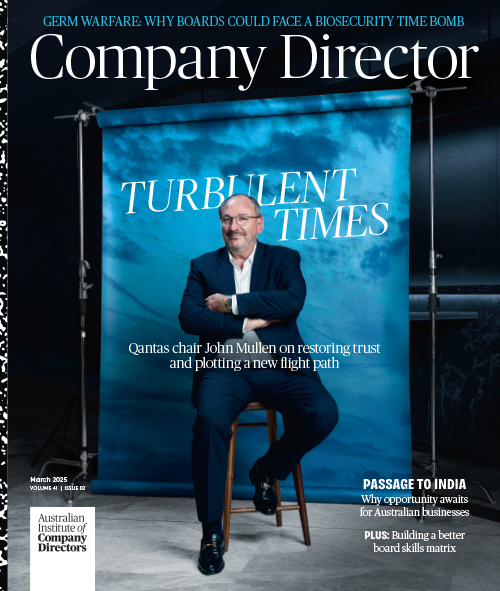Globally, workers are changing industries rather than staying in jobs they find unsatisfying or inadequately remunerated, McKinsey & Co research has found.
McKinsey & Co’s July 2022 quarterly report, The Great Attrition is making hiring harder. Are you searching in the right talent pools? reveals survey findings from a broad population group across six countries, including Australia.
Of people who quit their jobs in the past two years, only 35 per cent took a new job in the same industry. Some industries were more acutely impacted by the drain. In finance and insurance, 65 per cent of workers changed industries or did not return to the workforce; the same goes for 72 per cent of respondents in the public and social sectors.
In travel, healthcare and consumer retail, 18 per cent of respondents who quit their jobs “are choosing to forgo employment entirely, rather than work in the same or any other industry again”, researchers found.
McKinsey & Co notes the share of workers planning to leave their jobs remains steady at 40 per cent since 2021. Two out of five employees in the global sample are thinking about leaving their jobs in the next three to six months.
Job vacancy data paints a clear picture at home and abroad. “In the United States alone, there were 11.3 million open jobs at the end of May — up substantially from 9.3 million open jobs in April 2021. Even as employers scramble to fill these positions, the voluntary quit rate is 25 per cent higher than pre-pandemic levels,” the report states. In Australia, as noted in The Economist column (p24), ABS data shows 480,000 vacancies in May 2022 – a record high and more than double the pre-pandemic total.
Time to rethink
McKinsey attributes the shifts to three key trends:
- Reshuffling: 48 per cent of workers are quitting and going to employers in different industries. “Some industries are disproportionately losing talent, others are struggling to attract talent, and some are grappling with both.”
- Reinventing: The structure of jobs and the time spent at work is a focal point for workers considering part-time, temporary or gig work. The research showed only 47 per cent chose to return to the workforce, and only 29 per cent returned to traditional full-time employment.
- Reassessing: Of the people who have opted out of work, McKinsey says they are reconsidering the demands of life, such as the need to provide care for children, elders or themselves. “These are people who may have stepped out of the workforce entirely, dramatically shrinking the readily available talent pool.”
These trends are contributing to a structural imbalance in which, even when employers are successful in recruiting talent, wage escalation is likely to occur.
Latest news
Already a member?
Login to view this content


